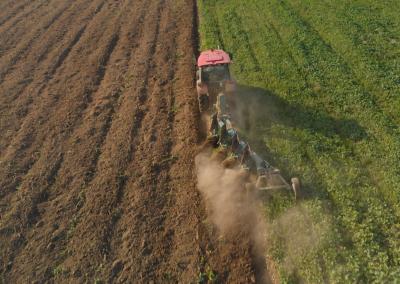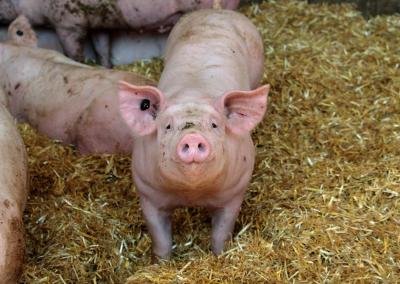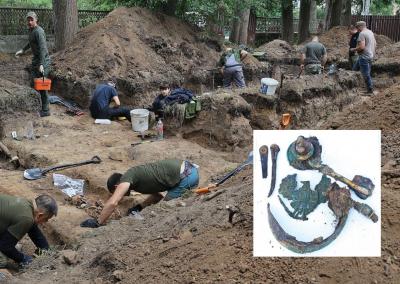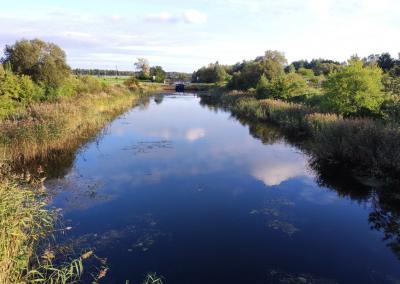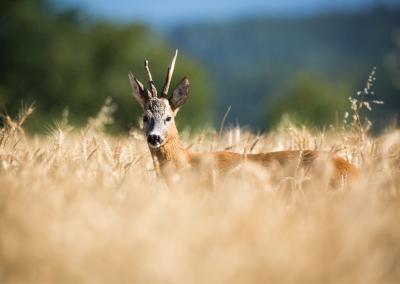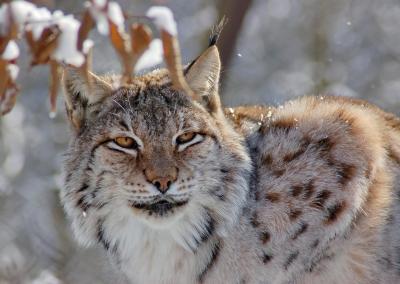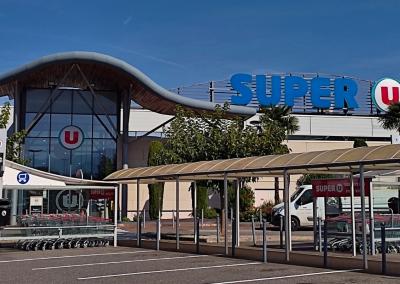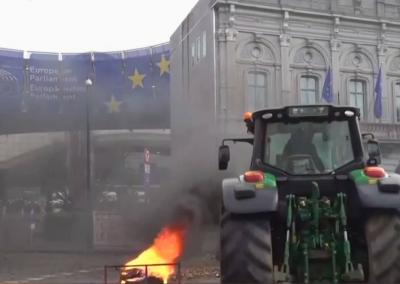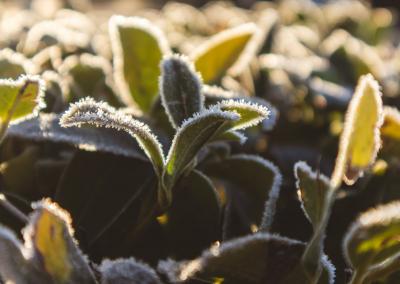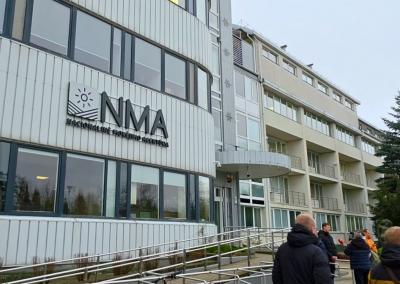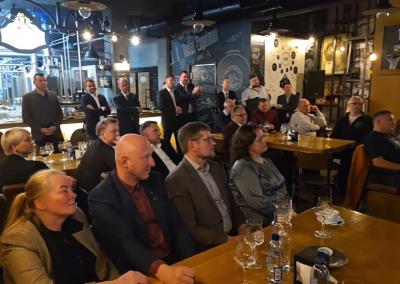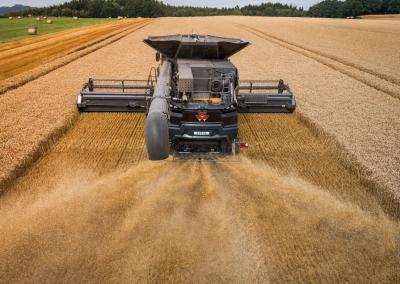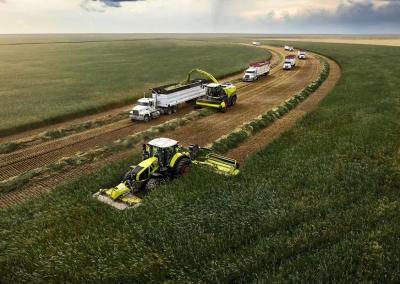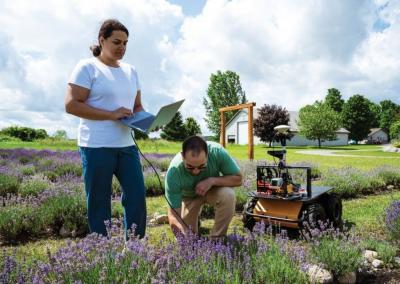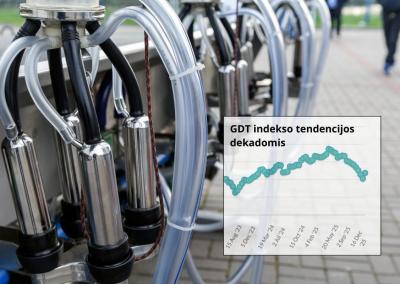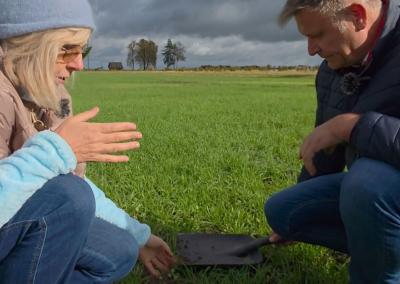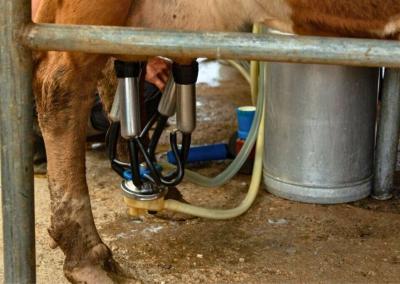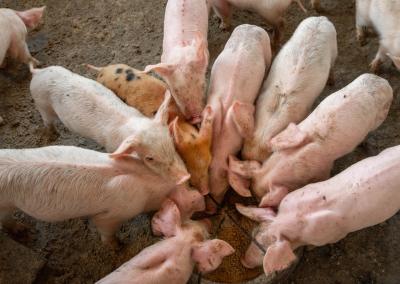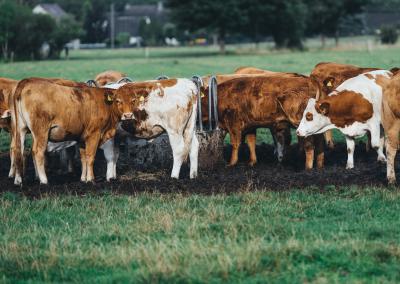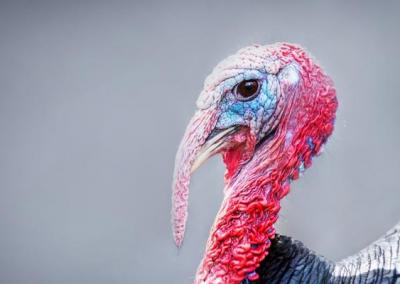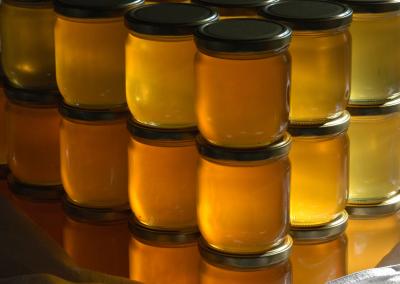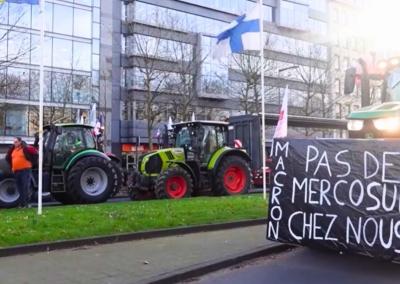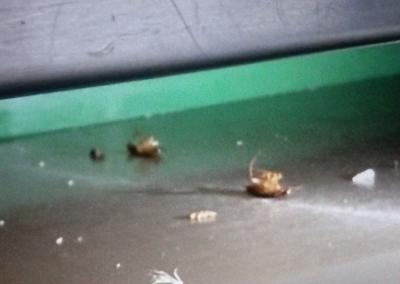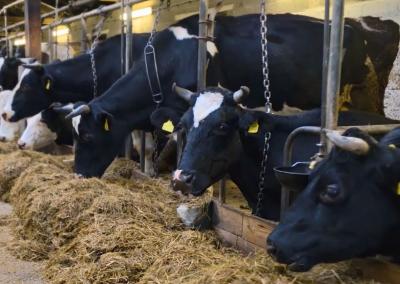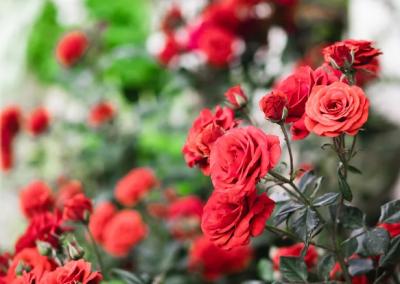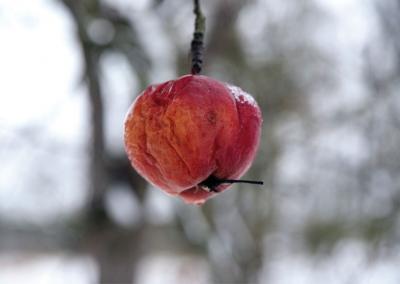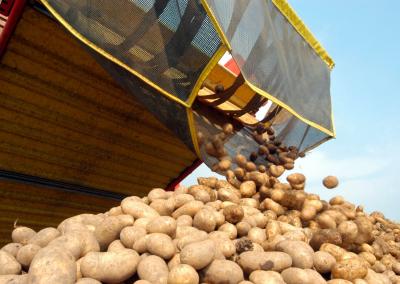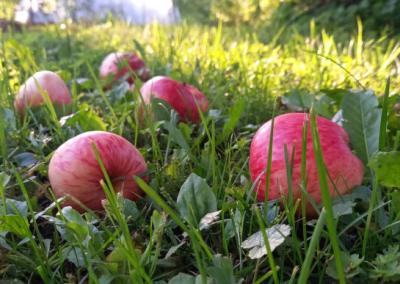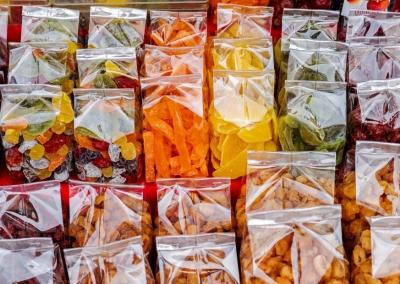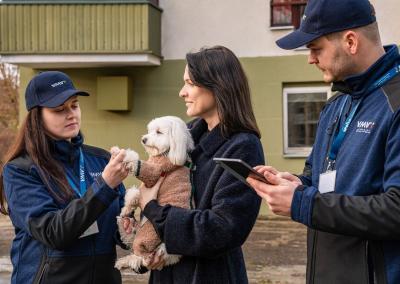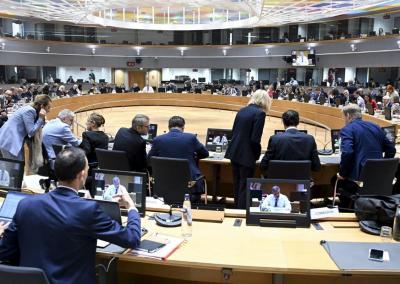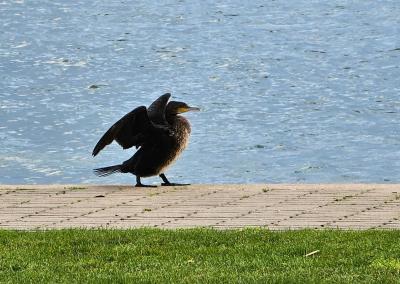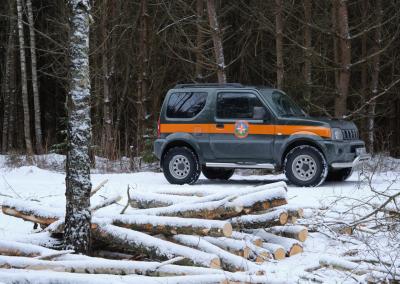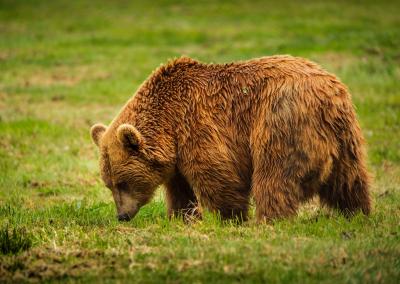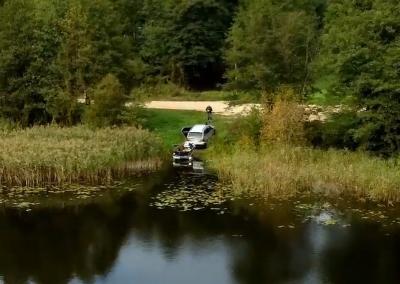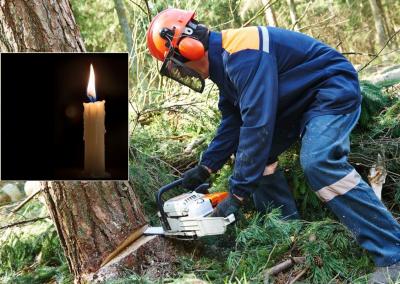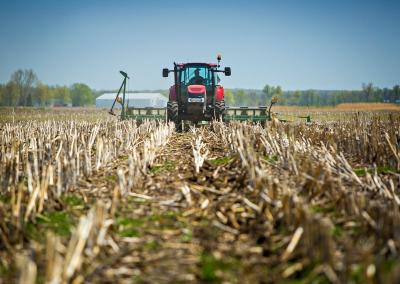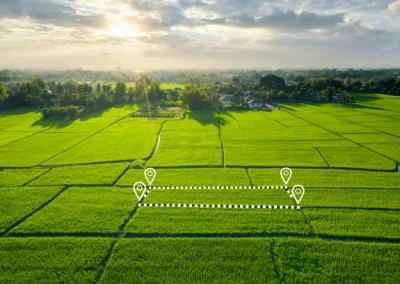Bearimis farming. Why farmers choose it
Lithuanian farmers are increasingly turning to subsistence farming in search of the most rational solutions for growing crops. This year's crop declarations show more than 1.4 million hectares of crops grown in arable farming, accounting for around 78% of the total cultivated land. While this method of cultivation is attractive in terms of its efficiency, it is not easy to master; it requires a great deal of knowledge, new skills and the patience to see the results of the method.
About 90 farmers and professionals interested in beararime agriculture gathered in Pašili, Panevėžys district, for a field day organised by the LIFE IP EnerLIT project and the Ministry of Agriculture.
Farmers Romualdas and Vilius Pilkauskai shared their ten years of experience in beari farming, while Tautvydas Beinoras, the chairman of the Lithuanian Association of Sustainable Non-Animal Agriculture, provided scientific knowledge and practical insights on the links between beari farming and soil health, and the long term economic benefits of beari farming.
Romualdas and Vilius Pilkauskai farm more than 500 hectares of farmland. The farm uses several drills, one of which is a band drill and the other a direct drill. The drills are used to experiment with different crops and the soil structure of the fields.
Romualdas, in presenting his experience, stressed that the beginning of bearimio farming was difficult. Although he had no particular difficulties in the first two years, in the third year he experienced a significant drop in yields, which raised serious doubts about his choice of bearim farming. However, Romuald was determined to continue with bearim farming and by the fourth year he had already seen an increase in yields. Looking back, the farmer says: "The soil had to go through a transformation and it took a few years, but now we can say that despite the difficulties we will definitely not go back to the plough."
In recent years, on light soils with a productivity score of 18 to 38, Romuald has been able to harvest around 5-6 tonnes of cereals. He says that the need for chemical fertilisers, the use of pesticides and the time taken to carry out the work have all been greatly reduced by the adoption of smokeless farming.
Tautvydas Beinor drew on research and observations from scientists and practitioners in other countries to discuss the topic of zero-tillage and the changes that take place in the soil when adopting conservation agriculture. In his presentation, Tautvydas identified 5 key principles for soil health: Minimal soil movement (allowing the natural soil structure to recover), permanent ground cover (vegetative or non-vegetative), increasing biodiversity (through multi-crop rotations, double-three crops, multi-species intercrops, intercropping, intercropping, intercropping, seeding, and so on), the importance of the rootstock of plant diversity (to keep live plants in the soil, especially the deep rooted ones, as long as possible), and the use of livestock in the fields („grazing“ of livestock in post-seral and seeded fields). The farmer stressed that soil is the most important input and that the nutritional value of cereals depends on whether crops are grown in a full soil.
Another field day is planned for next spring in the Vilkaviškis district.


